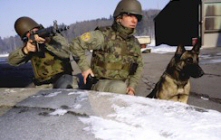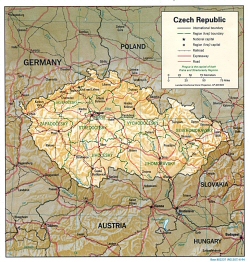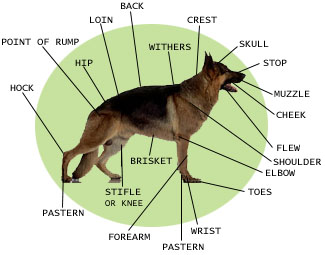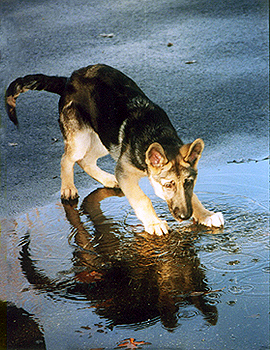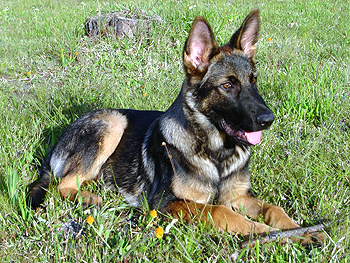GERMAN SHEPHERDS
*If any breed of dog is most deserving of the title Noble with Natural Beauty then that dog is the German Shepherd.* ~ Unknown
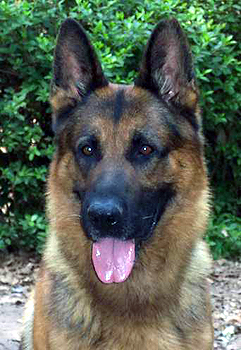
"The breed was originated by Captain Max von Stephanitz in the late 1800s and early 1900s. His goal was to breed an all-purpose working dog. Capt. von Stephanitz admired the landrace herding dog of his native Germany, and believed they had the potential to be all-purpose working dogs. Additionally, he was aware of the declining need for herding dogs and believed that the breed would not survive unless it was put to other uses." ~ Wordiq.com
More general information on the definition of a German Shepherd
A German Shepherd, also called a Schutzhund, is known for its intelligence and utility. They illustrate incredible mental stability, endurance, structural efficiencies, ability to scent, willingness to work, courage, and trainability. German Shepherds are commonly used as K-9 units (throughout all branches of the military) along with being used for search and rescue, aid dogs, show dogs, and of course family dogs.
Pure breed German Shepherds are the top dogs for military use around the world. They excel in their ability to be trained, athleticism, work ethic, confidence levels, etc. To name a few areas that Shepherds are trained within the military forces are:
|
Military Use Within the past decade the military has been starting to use German Shepherds directly from the Czech Republic . These Czechoslovakian German Shepherds tend to be wiser and are more physically built. Some examples of their stronger unique qualities are their strong nerves, large bone structure, dark pigmentation and willingness to work in obedience, tracking, and defense.
|
Anatomy
Link to entire anatomy make up
|
Hip Dysplasia
German Shepherds as well as other large dogs are commonly known for having hip/pelvic disorders. It starts in the joint and eventually turns in to arthritis. "Multiple genes are involved in the inheritance of hip dysplasia, and many other factors influence its development, including body type, size, growth rate, and nutrition. overfeeding, and dietary supplementation for maximal growth has been shown to increase the incidence of hip dysplasia in young, growing, large breed dogs. Conversely the development of hip dysplasia can be delayed, and its severity diminished when the growth rate of pups is restricted." ~ Dr. Lucy Henney and Dr. Craig Riggs
|
Do You Want a Puppy?!
|
Links to FAQ's, Information, and Breeders for your German Shepherd
|
"Remarkable in his unswerving loyalty to his master, irrepressible in his high spirits, never idle, always in motion, good-natured but not a flatterer, a constant pleasure to the eye." ~ Unknown
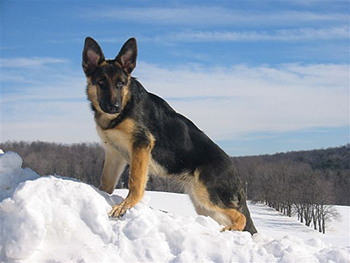
Web site Designed By: Christina Nay
Email: CNay35@aol.com
